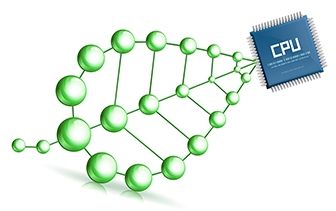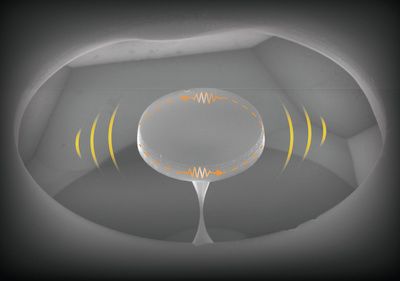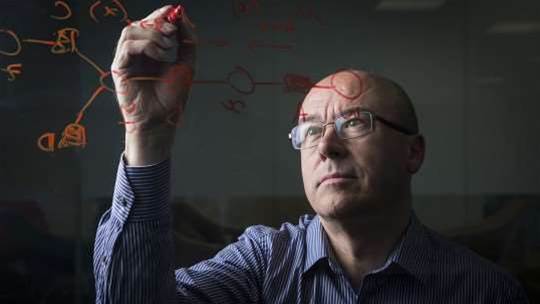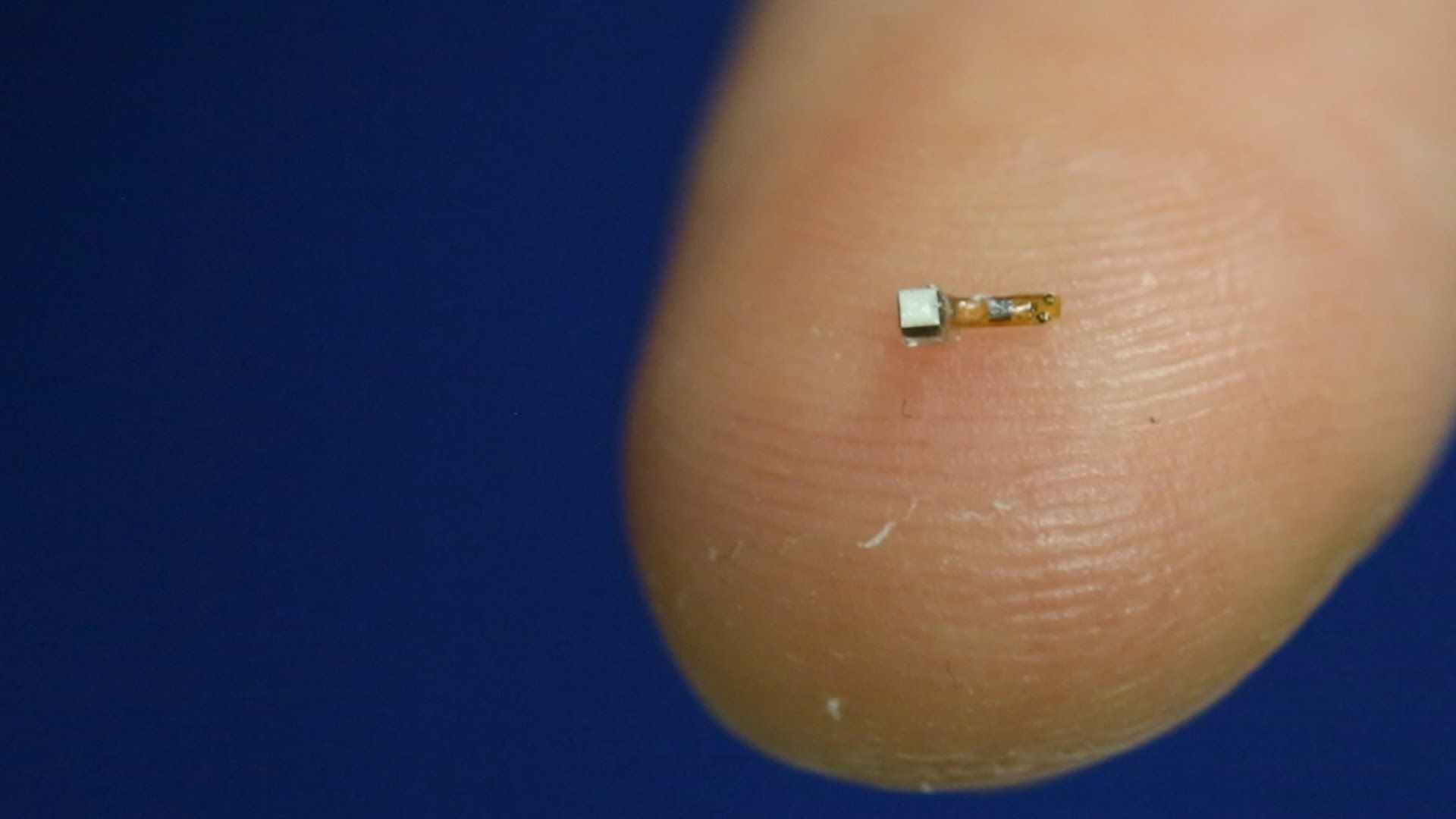They forgot ORNL in the laboratory list.
Deals to three companies — D-Wave, Cambridge Quantum Computing, and Quantum Biosystems — dominate funding. But newer players are emerging.


Definitely less than a decade and even less than 7 especially with China Quantum Satellite, Google’s plan release next year of a Quantum device, etc. I hope folks don’t still believe that we’re immune from a QC attack after 2025.
In a rare public speech, Greta Bossenmaier, chief of the Communications Security Establishment, said cryptologists at the CSE and around the world are racing to find new cryptographic standards before Y2Q — years to quantum — predicted for 2026.
She is the third senior CSE official this week to warn publicly of the threat quantum computing poses to widely used public key cryptography (PKC), protecting sensitive data transmissions from hackers, hacktivists, foreign state spies and other malicious actors.
READ MORE: Why the silencing of KrebsOnSecurity opens a troubling chapter for the internet.


Again organic nature teaches technology.
A new study, inspired by water’s movement from roots to leaves in tall trees, shows that a certain kind of passive liquid flow, where liquids naturally move in response to surface atomic interactions instead of being driven by external forces like pumps, is remarkably strong. By virtually modeling the way atoms interact at a solid surface, College of Engineering and Computer Science researchers suggest that passive liquid flow could serve as a highly efficient coolant-delivery mechanism without the need for pumps. The results, published in Langmuir, also have implications for the development of new nanoscale technology.

The diamond microdisk made by Paul Barclay and his team of physicists could lead to huge advances in computing, telecommunications, and other fields.
Barclay and his research group — part of the University of Calgary’s Institute for Quantum Science and Technology and the National Institute of Nanotechnology — have made the first-ever nano-sized optical resonator (or optical cavity) from a single crystal of diamond that is also a mechanical resonator.
The team also measured — in the coupling of light and mechanical motion in the device — the high-frequency, long-lasting mechanical vibrations caused by the energy of light trapped and bouncing inside the diamond microdisk optical cavity.

Microsoft is thinking about cancer in terms of computer software.
Microsoft wants to “solve” cancer, and is doing it by thinking about the body like a computer.
The technology giant may be more closely associated with malware than malignant diseases, but researchers working for the company’s “biological computation” unit in Cambridge are showing the former isn’t entirely separate from the latter.


Berkeley engineers have built the first dust-sized, wireless sensors that can be implanted in the body, bringing closer the day when a Fitbit-like device could monitor internal nerves, muscles or organs in real time.
Neural dust researchers have already shrunk them to a 1 millimeter cube – about the size of a large grain of sand – contain a piezoelectric crystal that converts ultrasound vibrations from outside the body into electricity to power a tiny, on-board transistor that is in contact with a nerve or muscle fiber. A voltage spike in the fiber alters the circuit and the vibration of the crystal, which changes the echo detected by the ultrasound receiver, typically the same device that generates the vibrations. The slight change, called backscatter, allows them to determine the voltage.
A major hurdle in brain-machine interfaces (BMI) is the lack of an implantable neural interface system that remains viable for a substantial fraction of a primate lifetime. Recently, sub-mm implantable, wireless electromagnetic (EM) neural interfaces have been demonstrated in an effort to extend system longevity. However, EM systems do not scale down in size well due to the severe inefficiency of coupling radio waves at mm and sub-mm scales.

QC will need to be on any IT, Security, and/ or tech connected product future state roadmap that spans a 5 + year period because the planning, funding, change management (retooling of resources), etc. will take time to plan & prepare not to mention all those internal & external dependencies and their own efforts around QC in the future because it truly would stink to see an AT&T, or HomeDepot, etc. that invested in their own QC compliant infrastructure suddenly attacked because an external source that they pull from is not QC.
The encryption we take for granted as being uncrackable would have a limited shelf-life in the quantum age, says a security expert.

My suggestion; don’t be one of those companies and governments in the next 5yrs that waits until the 9th hour meanwhile others planned, invested, and executed properly so they’re not exposed like you are.
The race to create new cryptographic standards before super-fast quantum computers are built that can rip apart data protected by existing encryption methods isn’t going fast enough, two senior Canadian officials have warned a security conference.
“I think we are already behind,” Scott Jones, deputy chief of IT security at the Communications Security Establishment (CSE), responsible for securing federal information systems, told the fourth annual international workshop on quantum-safe cryptography in Toronto on Monday.
Quantum computing – or more accurately, computers that use quantum mechanics – is not a dream, Jones and others told the conference of business executives, crypto academics, IT companies and government officials. One prediction is there’s a one in seven chance that by 2026 a quantum computer will exist that can break RSA-2048 encryption. It may take longer — or, if there’s an advance, shorter.